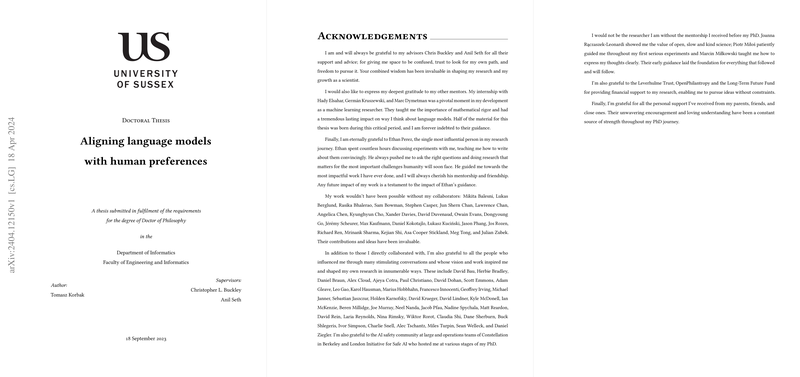Enhanced Methods for Uncertainty Estimation in Deep Neural Networks
Introduction
The paper explores advanced methodologies for estimating uncertainty in deep neural networks (DNNs), focusing particularly on frameworks that facilitate more reliable decision-making in AI-driven applications. The research centers on improving the accuracy of predictive models by embedding mechanisms for uncertainty quantification directly within the architecture of neural networks.
Methodology
The researchers introduced a suite of techniques that augment traditional neural network structures to better estimate uncertainty:
- Bayesian Neural Networks (BNNs): Modification of standard neural networks to include Bayesian inference, providing a probabilistic interpretation of model weights.
- Ensemble Methods: Implementation of multiple DNNs to form an aggregate prediction, which empirically approximates uncertainty by assessing the variance across different model outputs.
- Dropout as a Bayesian Approximation: Utilizing dropout layers not only as a regularization technique but also as a tool for uncertainty estimation in neural networks.
These methods were integrated into several common neural network architectures, including Convolutional Neural Networks (CNNs) and Recurrent Neural Networks (RNNs), and were tested across various datasets.
Results
The paper presents a comprehensive evaluation of these methods, demonstrating:
- Improved Calibration: Models equipped with these uncertainty estimation techniques showed better calibration of confidence in their predictions.
- Quantitative Metrics: The models enhanced with uncertainty techniques outperformed baseline models on several established metrics such as Negative Log-Likelihood (NLL) and Brier Score.
- Application Specific Performance: Significant improvements were noted in high-risk applications such as medical image analysis and autonomous vehicle navigation.
Discussion
The research underscores the importance of incorporating uncertainty estimation in neural networks, highlighting its role in:
- Risk-sensitive Applications: Enabling more robust and reliable AI systems, particularly in domains where mispredictions can have severe consequences.
- Model Interpretability: Providing insight into the confidence level of predictions, which is crucial for end-users when making decisions based on model output.
Implications and Future Work
The paper opens several avenues for future research, including:
- Scalability: Exploring the scalability of proposed methods for larger, more complex datasets and neural network architectures.
- Real-World Integration: Examining the integration of these techniques into operational systems, particularly how they perform in dynamically changing environments.
- Hybrid Approaches: Combining multiple uncertainty estimation techniques to explore synergistic effects and further enhancements in performance.
The implications of this research are broad, promising to enhance the reliability and safety of AI applications across various sectors.
Conclusion
The paper effectively advances the field of uncertainty estimation in deep neural networks. By integrating and evaluating advanced techniques, it contributes to the development of more reliable and interpretable AI systems. Continued exploration in this area is vital, given the increasing reliance on AI systems for critical decision-making processes.
